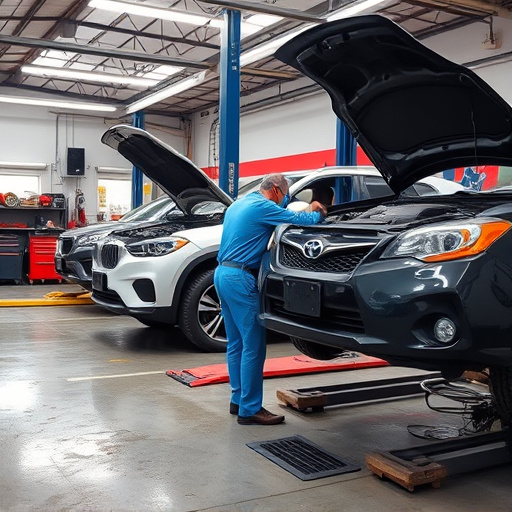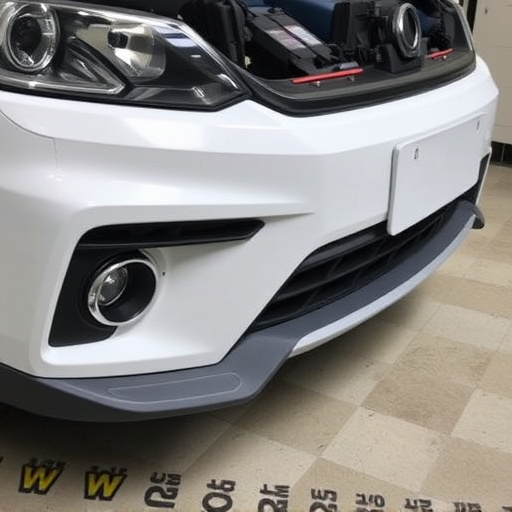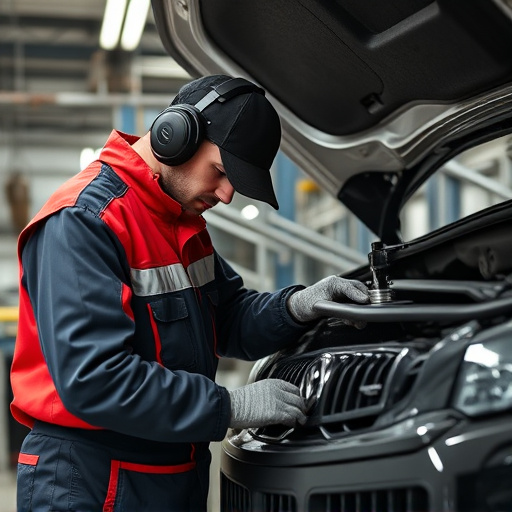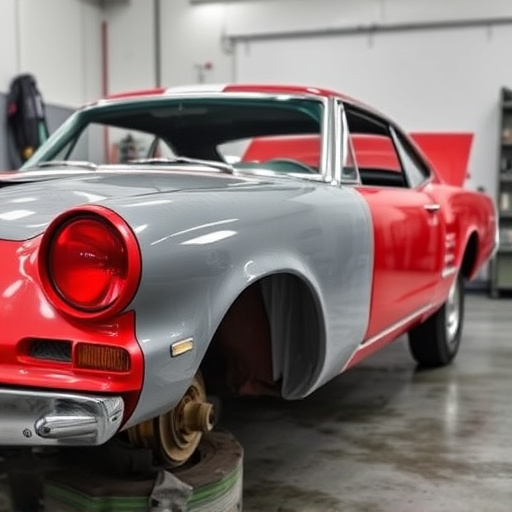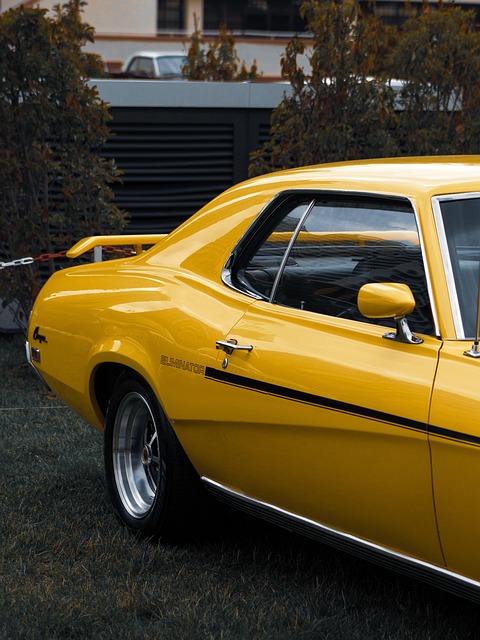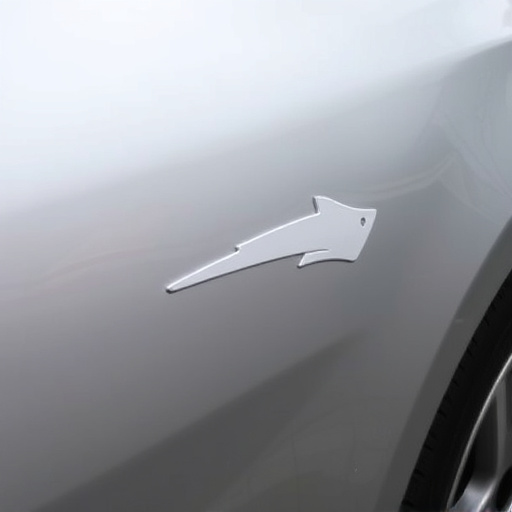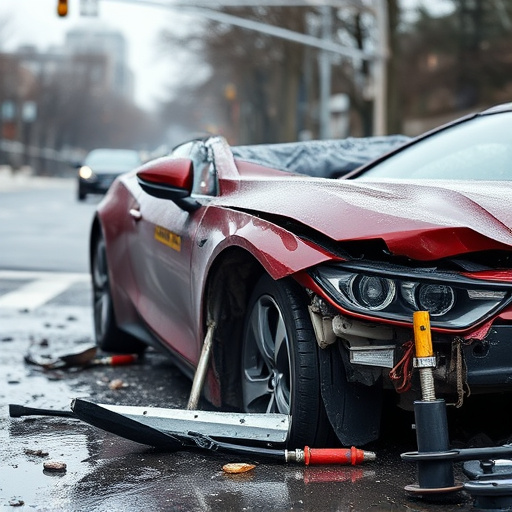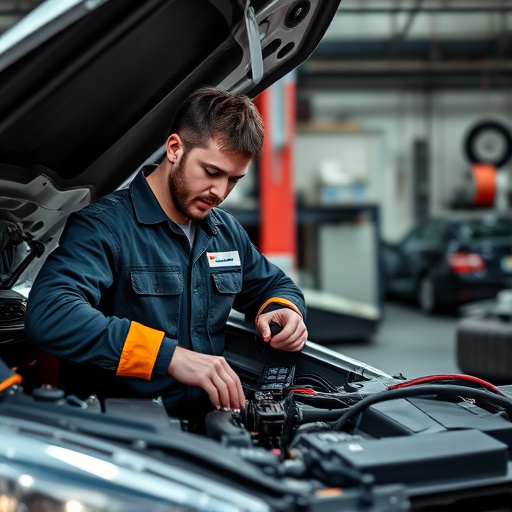Managing loaner vehicle collision repairs involves understanding the process, assessing damage, and clear communication with dealers and repair shops to set realistic expectations. Knowing your rights and state-mandated timelines ensures efficient service, minimizing disruptions while restoring your vehicle in a reasonable timeframe.
When you’re faced with a collision, managing your expectations for the subsequent loaner vehicle collision repair is crucial. This concise guide aims to navigate you through the process, offering practical tips on effective communication with dealers and understanding your rights. By clarifying timelines and responsibilities, you’ll ensure a smoother experience during what can be a stressful time. Let’s explore how to optimize this often overlooked yet vital aspect of post-collision vehicle restoration.
- Understanding Loaner Vehicle Collision Repair Process
- Communicate Expectations Clearly With Your Dealer
- Know Your Rights and Timelines for Repairs
Understanding Loaner Vehicle Collision Repair Process
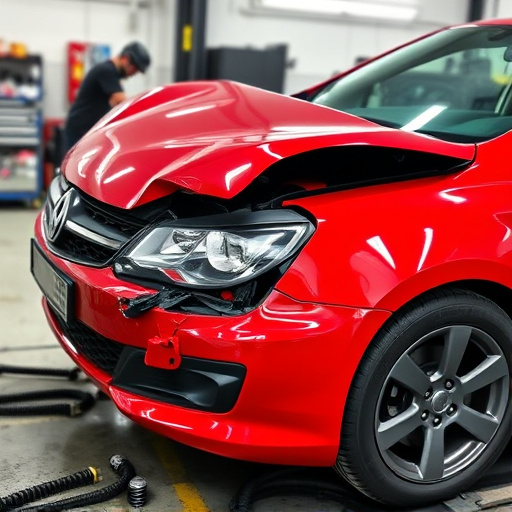
When it comes to managing expectations for loaner vehicle collision repairs, knowledge is power. Understanding the process behind getting your temporary car fixed after a crash is key to ensuring smooth sailing. Initially, assess the extent of damage; this will help determine whether the vehicle requires simple fixes like a quick dent repair or more complex restoration work. Many reputable car repair services offer comprehensive assessments without any hidden fees.
During the actual repair process, communication is vital. Keep in touch with your repair shop to stay informed about progress and potential delays. Remember that each car is unique, so while some repairs might be straightforward, others could involve intricate body work. Having realistic expectations will help you avoid surprises and ensure a satisfactory outcome, whether it’s for a simple vehicle dent repair or more elaborate car repair services.
Communicate Expectations Clearly With Your Dealer
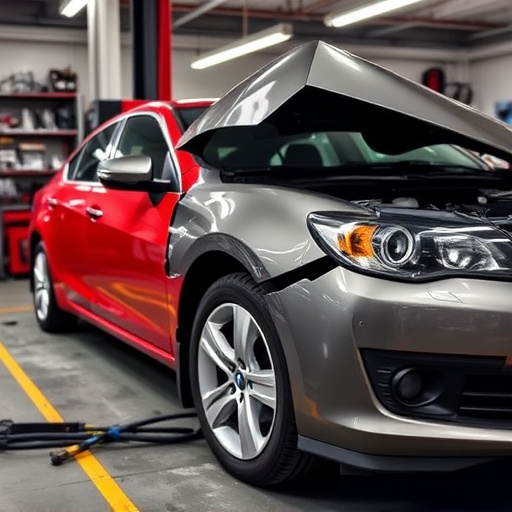
When dealing with a vehicle collision, one of the most critical steps is establishing clear communication with your dealer or collision repair shop. This is especially true when you’re utilizing a loaner vehicle during the repair process. Before accepting any temporary replacement, ensure that both parties understand the extent of the damage and the expected timeline for repairs. Discuss the various services needed, such as tire services, fender bender repairs, or more complex work, to manage your expectations.
Be transparent about your preferences and limitations, including any specific requirements for convenience or accessibility during your loaner vehicle period. Effective communication can prevent misunderstandings, ensure timely service, and foster a positive relationship with the dealer, making the entire process smoother for all involved parties.
Know Your Rights and Timelines for Repairs
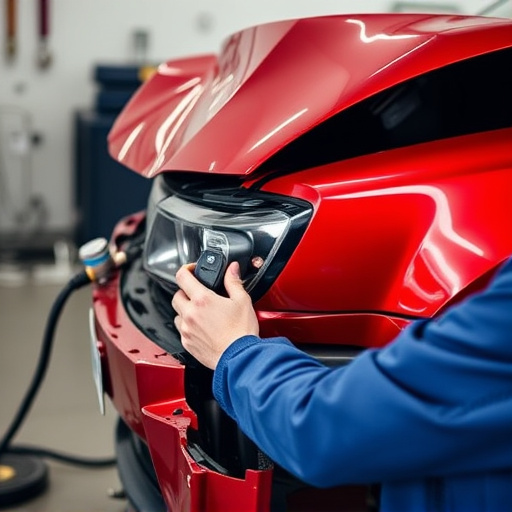
When dealing with a loaner vehicle collision repair, it’s crucial to understand your rights and the timelines involved. Familiarize yourself with the legal protections offered by state laws governing auto collision centers. These regulations often dictate how quickly repairs should be completed, ensuring you receive prompt service for your temporary vehicle.
Knowing these guidelines can help manage expectations. Remember, while a classic car restoration or more complex vehicle body shop repairs might take longer due to specialized requirements, basic loaner vehicle collision repair services are designed for efficiency. This means your car should be back on the road in a reasonable timeframe, allowing you to continue with your daily routine without significant disruptions.
Managing expectations is key when it comes to loaner vehicle collision repair. By understanding the process, communicating clearly with your dealer, and knowing your rights and timelines, you can ensure a smoother experience. Remember, proactive communication and a thorough grasp of your entitlements will help you navigate any challenges that arise during the repair process.
